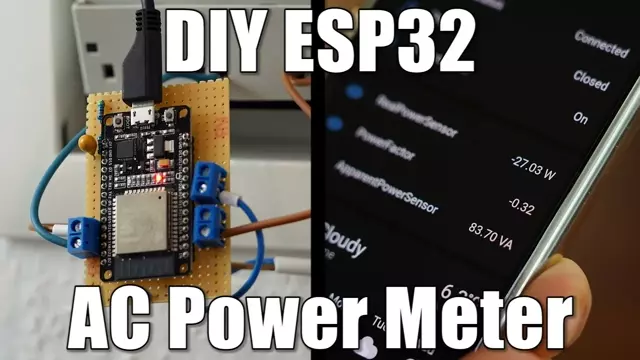2020-11-22
[public] 392K views, 15.7K likes, dislikes audio only
Have fun and win via JLCPCB E-exhibition: https://jlcpcb.com/E-exhibition
$2 for 4-Layer PCBs: https://jlcpcb.com
Previous video: /youtube/video/RoSIzgvEGtA
Home Assistant video: /youtube/video/IvI1RqYPO24
Power video: /youtube/video/cxXmWZDwNEs
Facebook: https://www.facebook.com/greatscottlab
Twitter: https://twitter.com/GreatScottLab
Support me for more videos: https://www.patreon.com/GreatScott?ty=h
More project information (pictures, schematics,....) on Patreon: https://www.patreon.com/posts/esp32-power-43701117
Parts list: (affiliate links)
ESP32: https://s.click.aliexpress.com/e/_AfKZrJ
Current Transformer: https://s.click.aliexpress.com/e/_A661E9
Voltage Transformer: https://s.click.aliexpress.com/e/_Adyvfr
Resistor Kit: https://s.click.aliexpress.com/e/_dTPpXjt
Capacitor Kit: https://s.click.aliexpress.com/e/_d7dOwRz
Websites which were shown in the video:
https://learn.openenergymonitor.org/electricity-monitoring/ac-power-theory/introduction
https://github.com/Savjee/EmonLib-esp32
https://esphome.io/components/sensor/custom.html
In this project I will show you how to build an ESP32 AC power meter that can be used with your home assistant setup. That means I will firstly explain how to actually measure and calculate real and apparent power along with the power factor and then I will show you how to use the ESP32 in combination with some complementary components in order to create the power meter. Let's get started!
Thanks to JLCPCB for sponsoring this video.
Visit https://jlcpcb.com to get professional PCBs for low prices.
Music:
2011 Lookalike by Bartlebeats
/youtube/video/IvI1RqYPO24
/youtube/video/cxXmWZDwNEs
/youtube/channel/UC6mIxFTvXkWQVEHPsEdflzQ
https://www.patreon.com/GreatScott
/youtube/video/RoSIzgvEGtA

